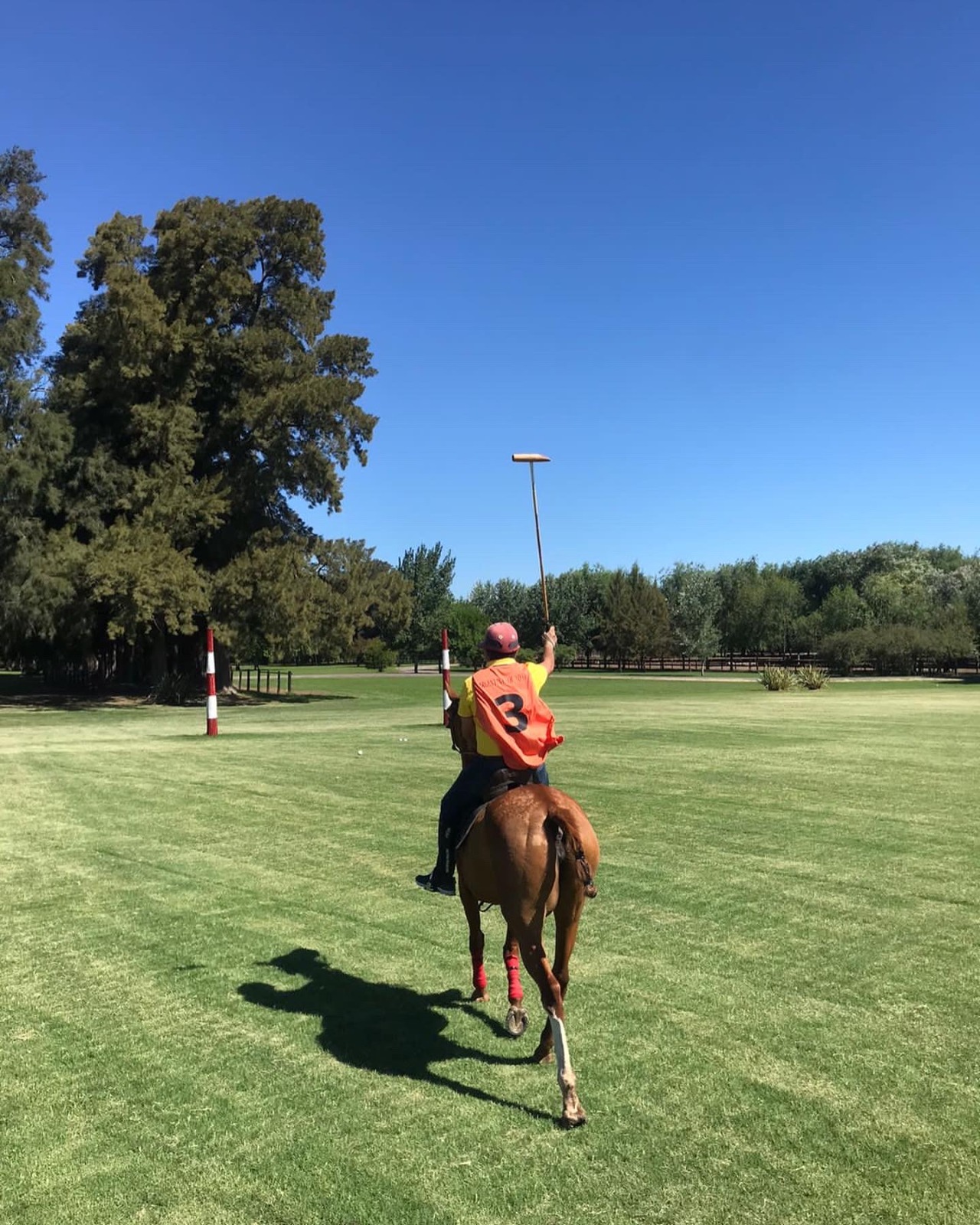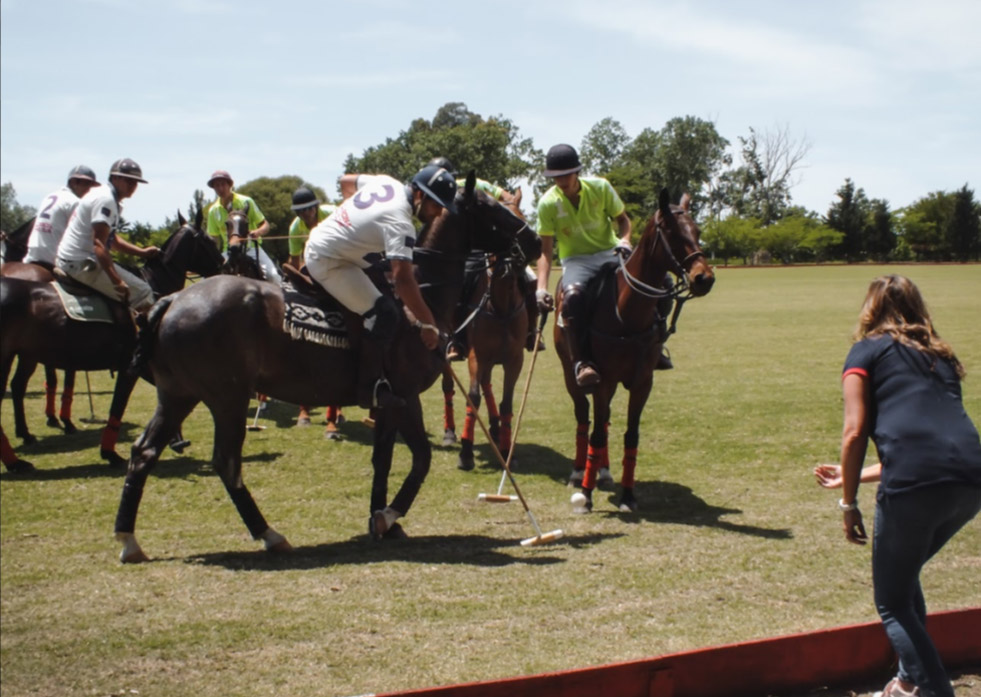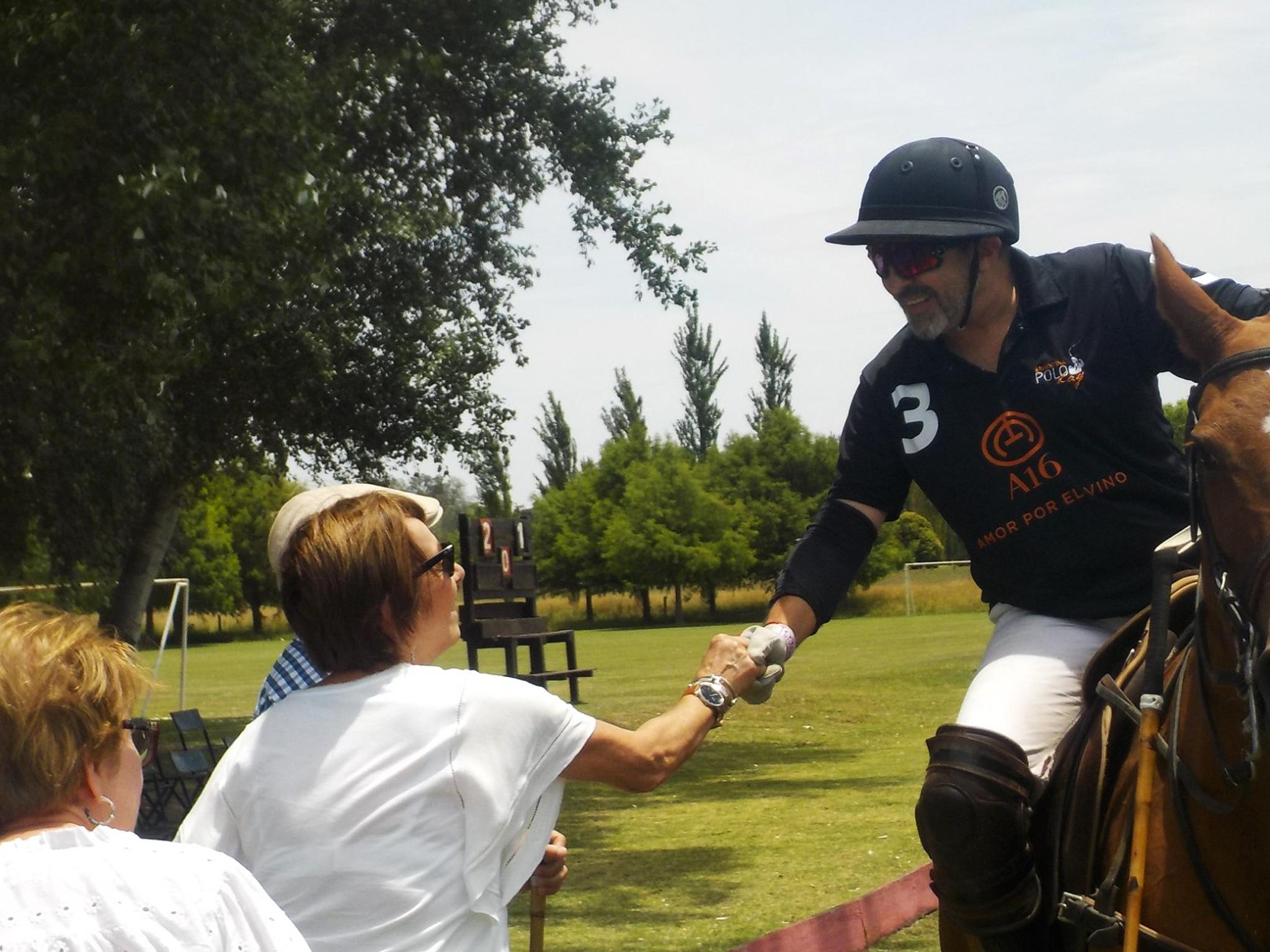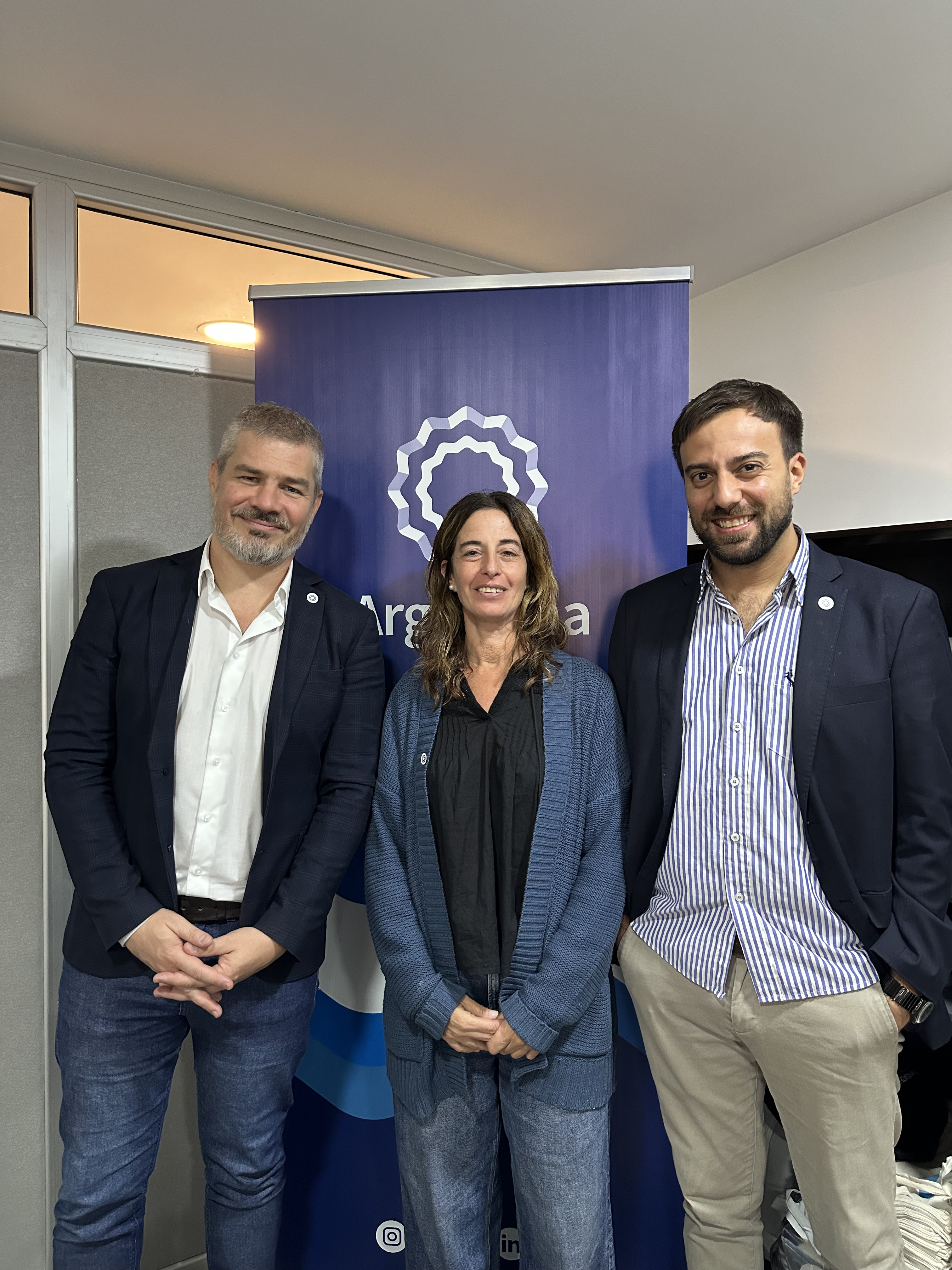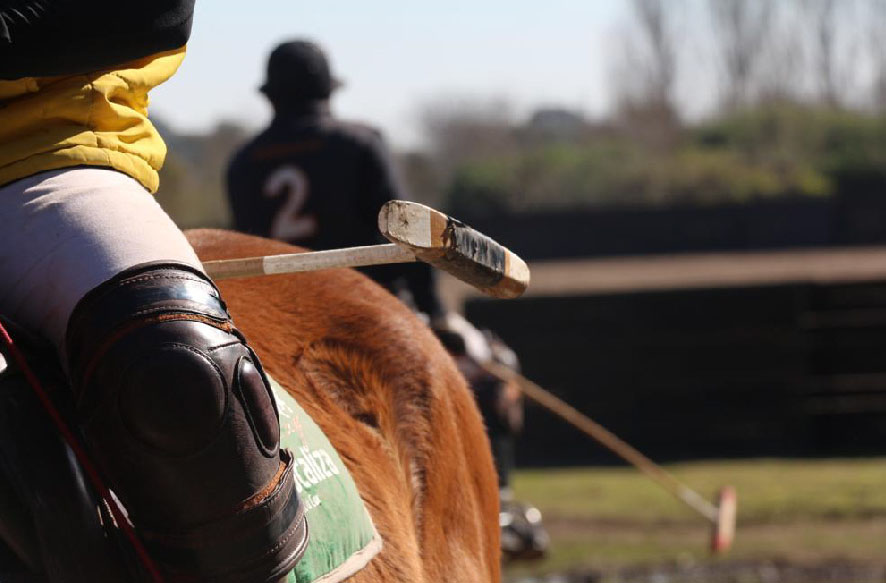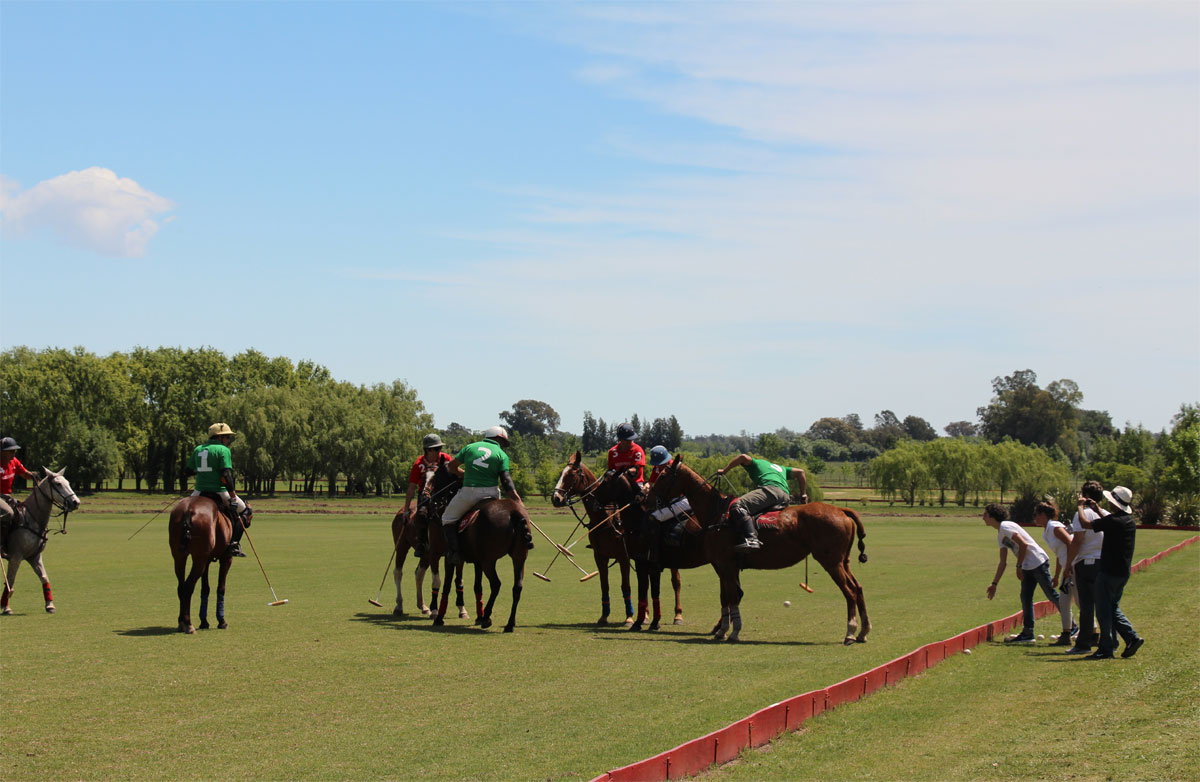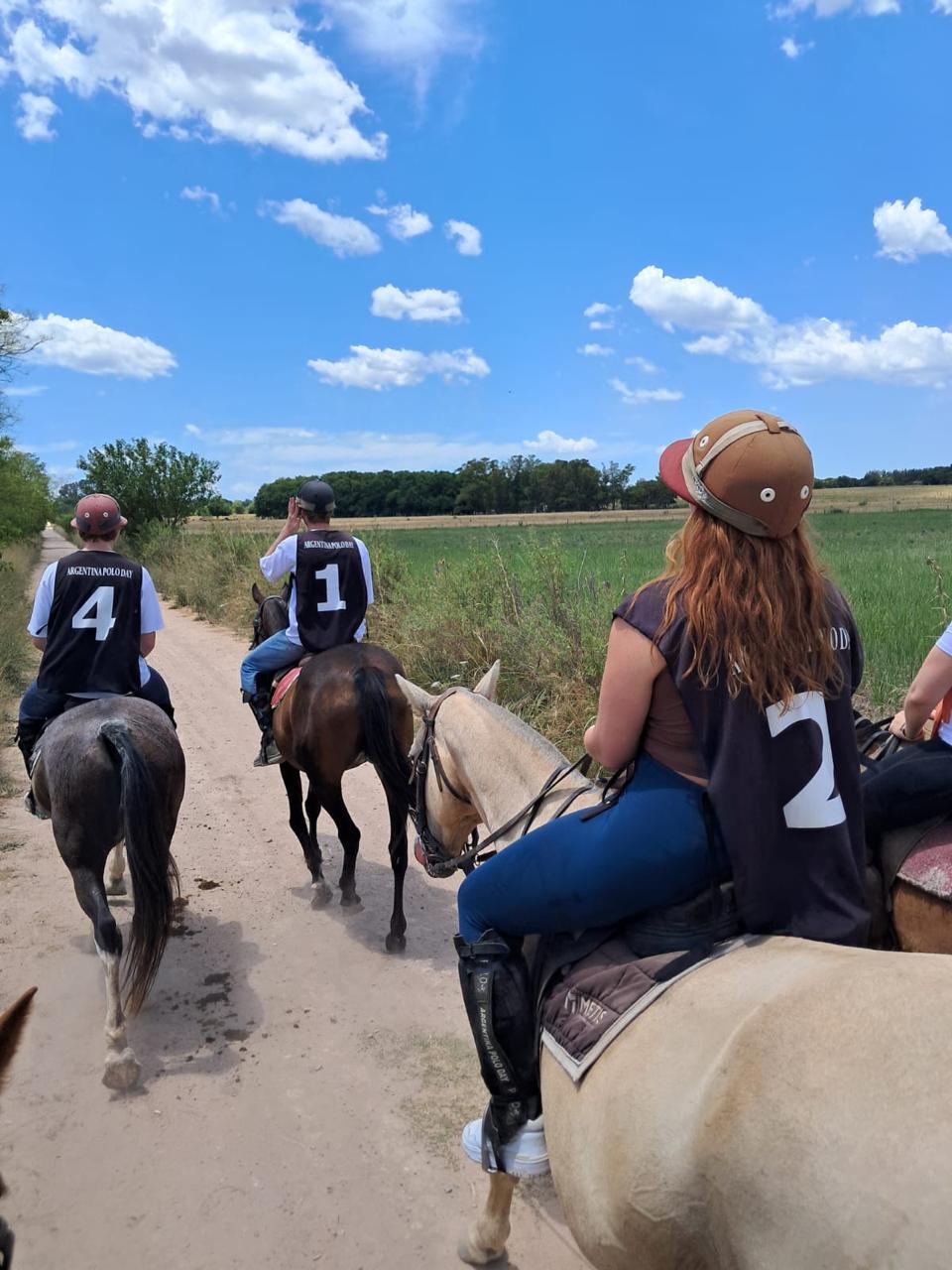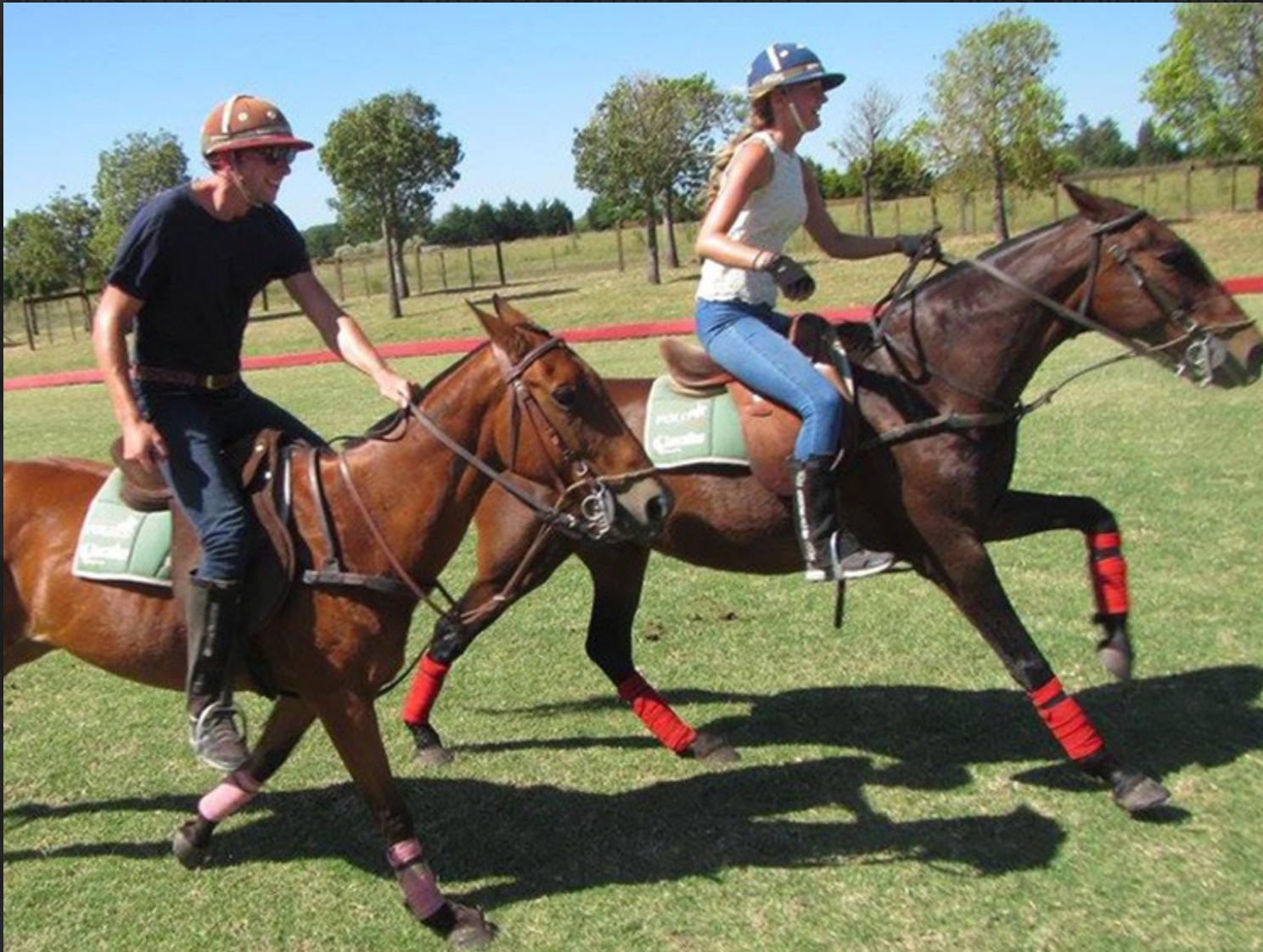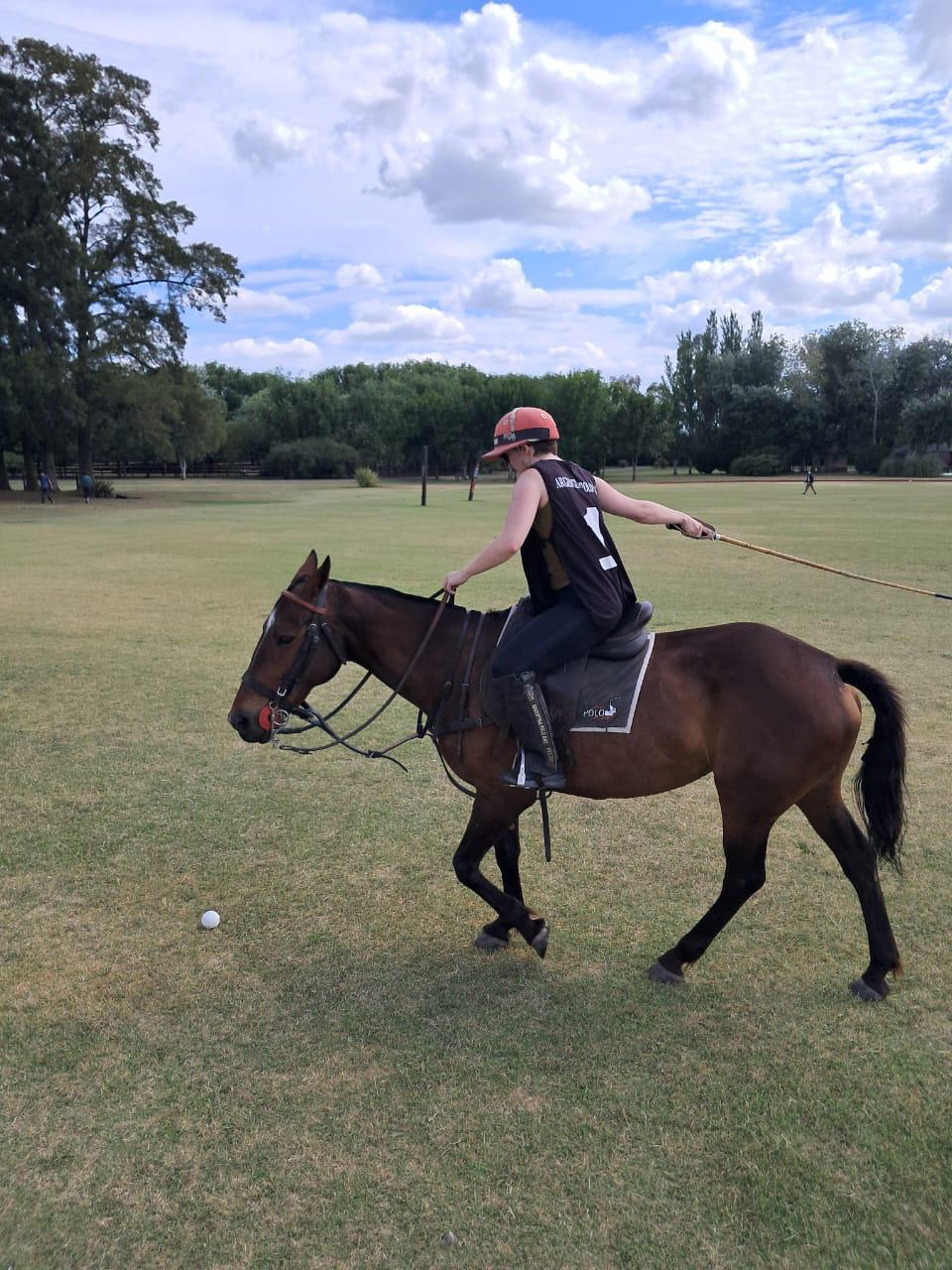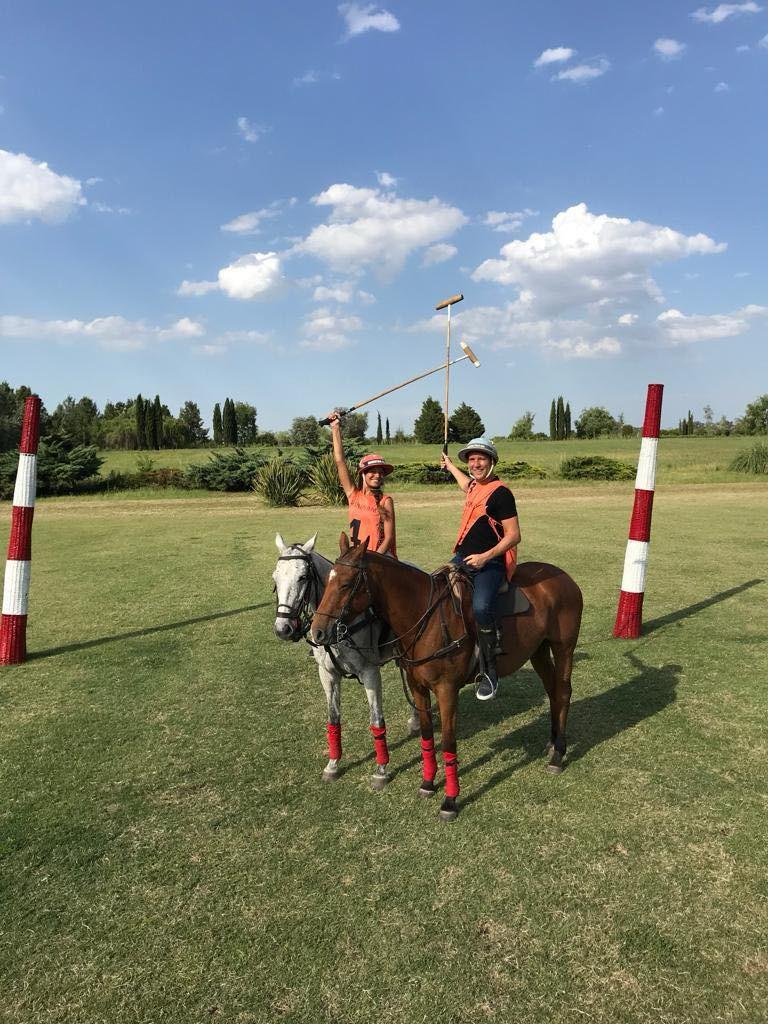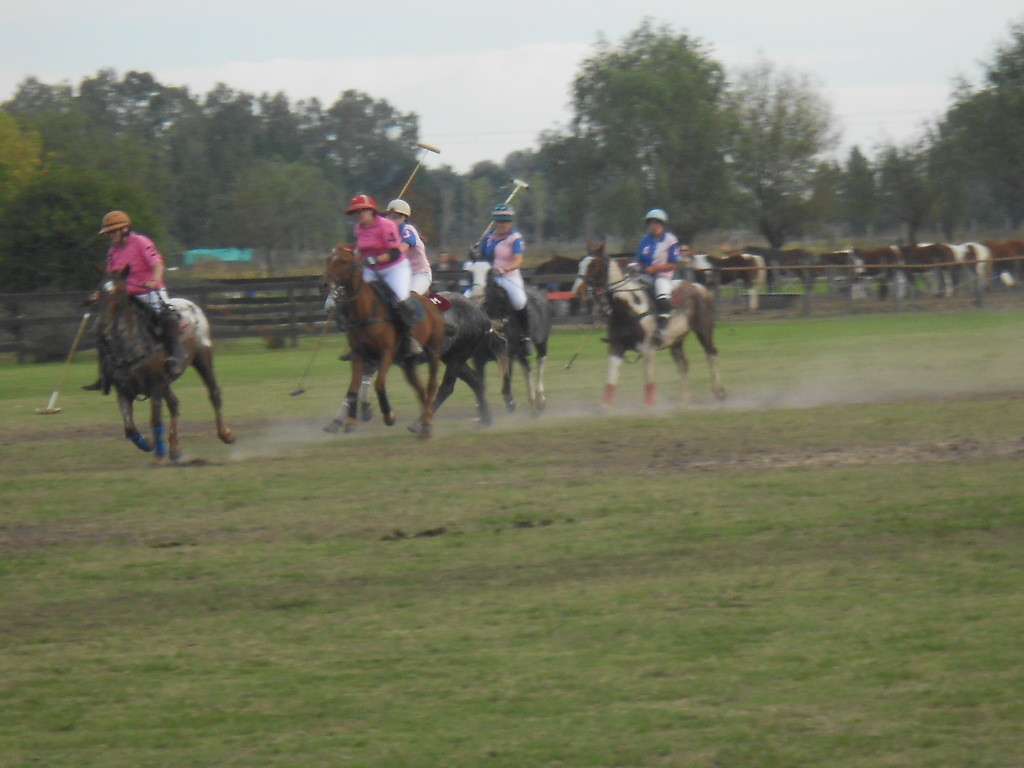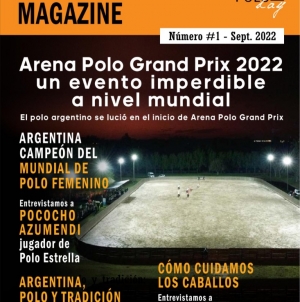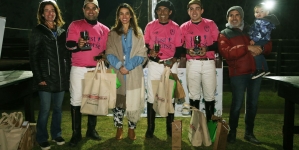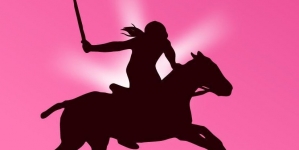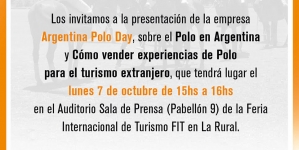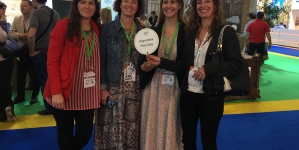-
What are Polo Day and Polo Night - 10 julio, 2025
-
What Are the Basic Rules of Polo? - 27 junio, 2025
-
Creando experiencias de alto valor - 6 junio, 2025
-
Encuentro positivo y productivo con Marca País Argentina - 6 mayo, 2025
-
Polo, vino y tradición: una colaboración que destaca lo mejor de Argentina - 8 abril, 2025
-
What Equipment Is Needed to Play Polo? - 25 marzo, 2025
-
Argentina Polo Day Magazine #4 - 14 marzo, 2025
-
What are the basic rules of polo? - 6 marzo, 2025
-
- 3 febrero, 2025
-
Argentina Horses: A Legacy of Strength and Grace - 27 enero, 2025
Argentina’s Polo Dystanies
04/03/2015
The Blog of Argentina Polo Day informs the latest news in Polo!
Argentina’s Polo Dystanies
Argentina is considered as the centre of the sport of polo. For 140 years polo is played here with great enthusiasm, today best polo players in the world come from the South American country.
To name all the “gladiators” in the coliseum of Argentine polo, that is to say, each of those who cut a dash in his own time, would be a daunting task. Who to include and who to cast aside? But what of Argentina’s polo dynasties, defined as “a succession of rulers of the same line or family”? When I sought advice from the world’s foremost polo historian, Dr Horacio Laffaye, he provided a list of more than twenty families. The limited space afforded me here to write about so many families could not possibly do them justice. My solution was to focus on a handful of such families since elevated to legendary status in the Argentine polo world.
Let us go back 140 years to when Argentina first embraced the game, courtesy of its Anglo-Argentine settlers. From the late 19th century to the 1920s, Argentines of British descent (in 1914 numbering 28,000 in a total population of 7.8 million) enjoyed respect out of all proportion to their number, whether socially, commercially or in introducing hitherto unknown sports.
No public record survives of the date or venue of the first game of polo in Argentina but in 1875 the English-language newspaper “The Standard” reported two polo events in the Province of Buenos Aires: the first in January comprising three matches at Estancia La Buena Suerte, and the second in August, a six-game polo carnival hosted by a Scottish cattle baron, David Shennan, at Estancia Negrete.
In that same era another cattle baron of Scottish descent was Hugh Scott Robson, arguably Argentina’s first polo patriarch, supported by his three brothers, also gifted players, and his only son, Hugh Noel. Born in 1891, following schooling in England, Hugh Noel Robson enlisted in the Royal Scots Greys, which led to a polo career that saw him playing at home and abroad with an 8-goal handicap at his peak.
Laffaye draws a clear distinction between Argentine settlers of English or Scottish descent and their Irish counterparts, who fled Ireland in their tens of thousands in the 1840s to escape its infamous famine, and sought throughout the 19th century to improve their lot in New World countries. Without the family trusts which so many English and Scottish settlers enjoyed, but with their undoubted farming skills, Irish immigrants to Argentina established working partnerships with Latino ranchers, managing their livestock until they accumulated sufficient capital to buy their own land.
In The Evolution of Polo (2009) Dr Laffaye writes that “the overwhelming majority of Irish immigrants were Roman Catholics which made assimilation through marriage into Argentine society much easier…if the Scots boasted good polo players, the Irish claimed many more”, and he cites Argentine polo families of Irish descent like Cavanagh, Duggan, Garrahan, Kearney, Kenny, Lawler, Mac Donough, Nelson and O’Farrell, all of whom became “…large landholders and polo players around the turn of the [20th] century, and remain so into present times”.
He singles out one family in particular, the Lalors (the Latino abbreviation of Lawler), as arguably Argentina’s most eminent polo dynasty. And not only for players (he lists 16 Lalors in his Polo Encyclopaedia (2004) of whom five have played with handicaps of between 7 and 10 goals, but equally for what they gave to polo administration, contributing three presidents of the Argentine Polo Association, Alfredo (1969–1972) and his brother Luis Alberto (1975–1981) and from the next generation, Luis Eduardo Lalor (2009–2013).
More than 500 kilometres south-west of Buenos Aires in the vast Argentine pampas, the small market town of Coronel Suárez had a polo club bearing its name and boasting some of Argentina’s most illustrious polo dynasties. At the very apex of the club was Juan Carlos Harriott Jnr., (Juancarlitos) supported by his younger brother Alfredo, both 10-goalers at their peak.
In the early 20th century their grandfather, a doctor indifferent to polo, had settled there, and his son, also Juan Carlos (Snr.), playing at 9 goals at his peak, won the Argentine Open nine times, while he and his brother Eduardo bred superb polo mounts to support Juancarlitos and Alfredo.
The other local family elevated to Argentine polo folklore was descended from an early French Basque immigrant, Bautista Heguy, who fathered ten children, some of whose descendants would be central to the fortunes of Coronel Suárez Polo Club. One of his sons was called Antonio Heguy (1907–88) and he fathered two sons, Horacio Antonio and Alberto Pedro. The two Heguy brothers were each father to four sons, Horacio Segundo, Gonzalo, Marcos and Bautista in Horacio Antonio’s case, while Alberto Pedro was the father of Eduardo, Alberto, Tomas and Ignacio, almost all of whom rose to achieve 10-goal handicaps.
Between 1957 and 1981, with Juancarlitos Harriott as captain, and with varying combinations of players, Coronel Suárez won the Argentine Open 20 times, a record unlikely ever to be equalled, while also winning other Argentina high goal tournaments such as the Jockey Club Open, Tortugas Open and Hurlingham Open. Playing different combinations with various teams, leading Coronel Suárez players in other teams also won high goal tournaments in England and the USA. Eventually the sons of Horacio Antonio and Alberto Pedro Heguy forged their own teams, Los Indios Chapaleufú I and II, which would compete in – and equally make a mark on – Argentine high goal polo in later years.
Born in 1941, Alberto Pedro Heguy was 13 when he won his first polo trophy, a high-school tournament. Aged 22 and with a degree in equine veterinary science, he won his first Argentine Open in 1963, the first of 17 he would eventually claim. In his words, “My father and uncles, my cousins and sons were all raised in an environment of superlative polo. They were all good horsemen, and unless you’re a good horseman, you cannot hope to compete at the top”.
A more recent Argentine polo dynasty is the Pieres family. Four sons, Alfonso, Pablo, Alvaro and Gonzalo, were born to Alvaro Cesar (“Bary”), a lawyer, amateur player and respected umpire, based in Lobos near La Espadana Polo Club, founded in 1938 by two other polo-playing families, Louis and Tomas Garrahan and their cousin, Carlos Buchanan. When “Bary” Pieres retired from his law practice he bequeathed his eight polo ponies to his sons, all of whom had set their hearts on playing as professionals.
The youngest, Gonzalo, born in 1956, served his polo apprenticeship with two of Argentina’s greatest polo mentors, Eduardo Moore and Hector Barrantes. Thereafter he played professionally, first with White Birch in the USA, then with the Australian media magnate Kerry Packer, whose team Ellerston Pieres led and managed for many seasons of English high goal polo. Such was the personal rapport which Gonzalo Pieres established with Kerry Packer, that Packer founded Ellerstina and which Pieres managed and eventually acquired. Nowadays it is also a stud farm that breeds polo ponies, whether naturally or using embryo transfer, and these ponies command some of the world’s highest prices. Pieres combines this with managing a new Ellerstina team composed of his sons, Facundo and Gonzalito (both +10), Nicholás (+9) and their cousin Pablo (“Polito”, son of Pablo “Paul” Pieres), and assorted other team-mates.
In 2007 Facundo and Gonzalito invited their Mac Donough cousins, Matias and Pablo, also high goal players, to join Ellerstina to compete in Argentina’s three most prestigious high goal tournaments, the Tortugas, Hurlingham and Argentine Opens, the so- called “Triple Crown”. Ellerstina won the first and second but lost the third and most important to La Dolfina. The following year Facundo, Gonzalito, Nicholás and their brother-in-law, 40-year old former 10-goaler Mariano Aguerre, playing off 9 goals, won the Argentine Open. The Pieres and Mac Donough brothers are second cousins thanks to their grandmothers, sisters Ines and Laura Garrahan, the mothers, respectively, of Gonzalo Pieres and of Jorge Mac Donough, the founder-owner of another leading polo-pony stud farm, La Irenita Embriones. All the Argentine Garrahans associated with polo, Ines and Laura included, are descended from one Patrick Garrahan who migrated from Ireland to Argentina in 1829 at the age of 24.
Source: by Chris Ashton, Polo +10 Magazine
For more information about Polo: www.argentinapoloday.com.ar

